5 Sep 2024
How to Create Medical Billing Software: A Step-by-Step Guide
Matthew Connor
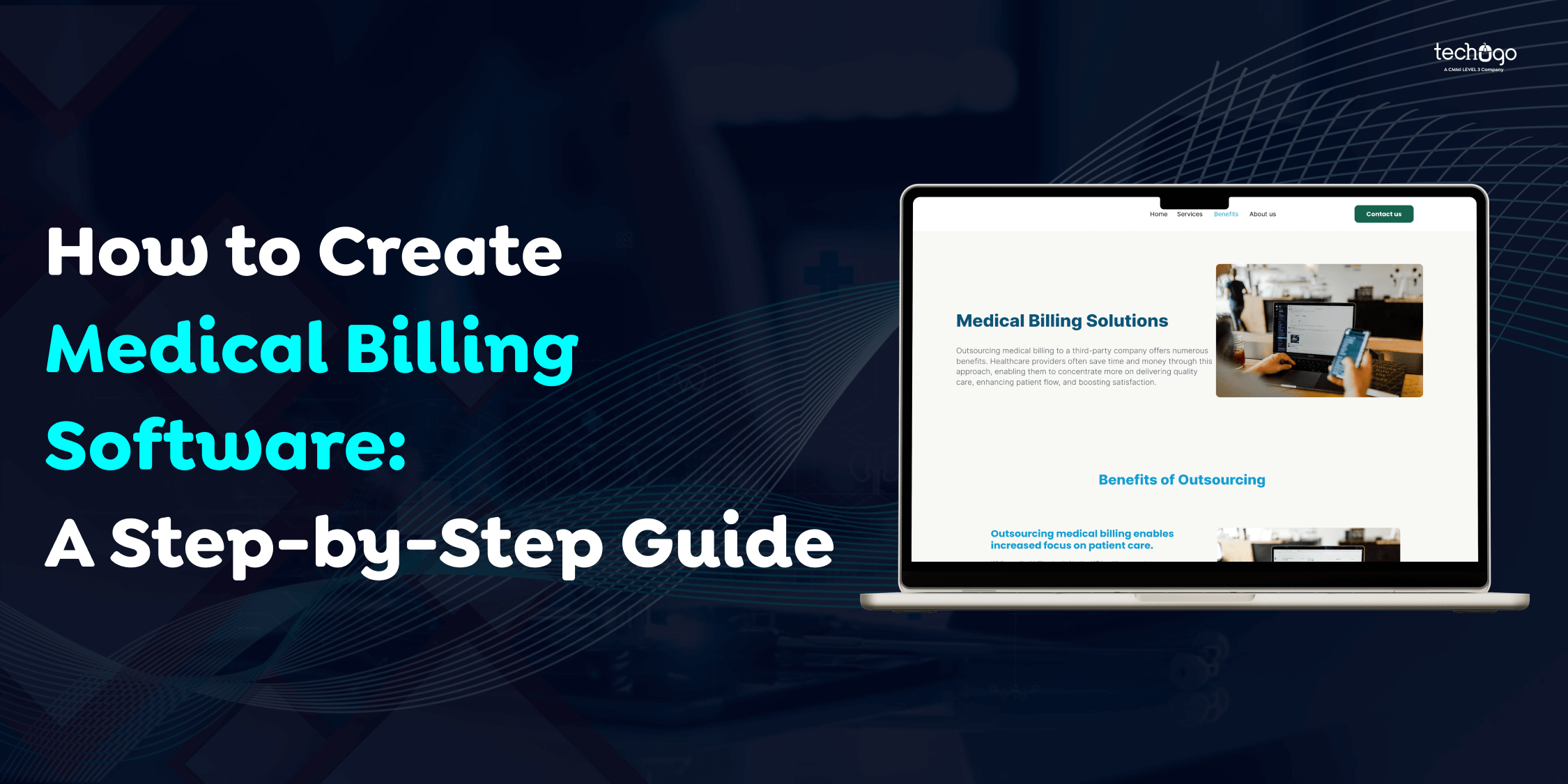
Efficient medical billing software is an important component of today’s fast-moving healthcare industry. It helps the provider work for them so they can take control of their financial responsibilities, knowing reimbursement will be timely. A good billing system can smooth up the operational workflow and minimize errors to the greatest extent, thereby improving patient satisfaction. But it’s a different story to develop such software. Thus, in this article, we’ll provide a full guide on how to build medical billing software and explain everything, from requirements analysis to deployment and maintenance. Target audience identification, selection of appropriate technology stacks, design of the user interface, development of core functionality, testing, and quality assurance, and deployment are some key steps that we shall review. By following these steps, healthcare providers will be able to create a tailor-made billing solution for their exact needs and maximize positive impacts on overall efficiency.
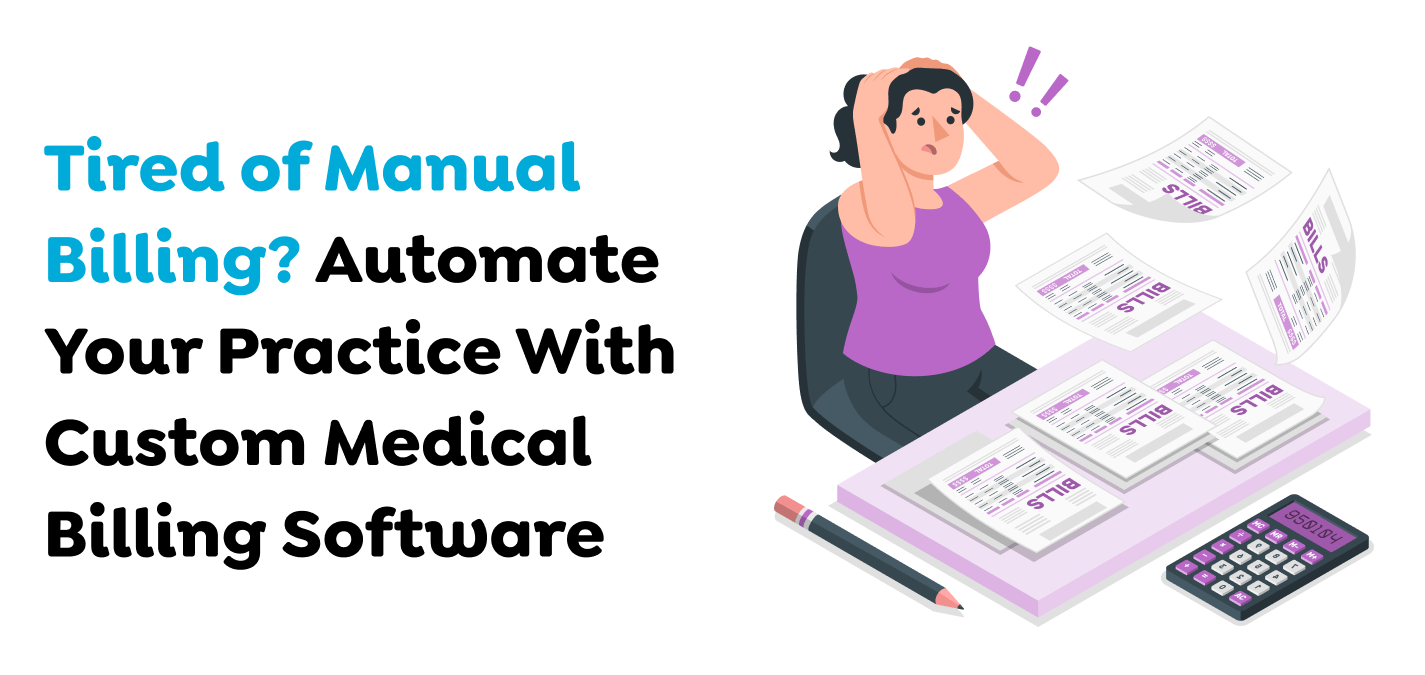
This guide will consider how to avoid some of the roadblocks that arise during the actual process ranging from compliance with regulatory standards, integration with existing systems, maintenance, and updating of the software in the future.
Start With Building the Foundation for Your Medical Billing Software
Guidelines and objectives must be made clear before the actual development of this medical billing software, so that development can be guided and directed accordingly, ensuring what is being developed will meet the target audience’s needs.
Identify specific healthcare providers you want to sell your software to. This includes:
- Clinics
- Hospitals
- Specialists
Understand your target audience, and let them drive you to craft the feature and functional aspect of your software. For example, the billing system for a small clinic will be different from the one that was created for a big hospital.

Once you have identified your target audience, you can begin to define the essential features that your medical billing software should include. Some key features to consider might include:
- Patient Registration
- Insurance verification
- Claim submission
- Reporting
- Electronic health records (EHR) integration
- Payment processing
While developing medical billing software, it is also very necessary to be compliant with various regulatory standards. These are:
-
HIPAA:
The Health Insurance Portability and Accountability Act imposes stringent requirements on how patient health information is maintained. Your software must uphold such standards in the protection of patient data, relative to their privacy and security.
-
ICD-10:
The International Classification of Diseases, 10th Revision label diseases and classification of injuries. Your software should be compatible with ICD-10 coding for better results in billing.
Also Read: Ultimate Guide to Healthcare CRM Software Development
Gaining the Backbone of Your Medical Billing Software
To function just like a building, your medical billing software requires the right technological stack. The term ‘technological stack’, refers to a blend of programming languages, frameworks, and database management systems that you will select to develop your software. Your choice here plays a very important role in making your software efficient, secure, and scalable.
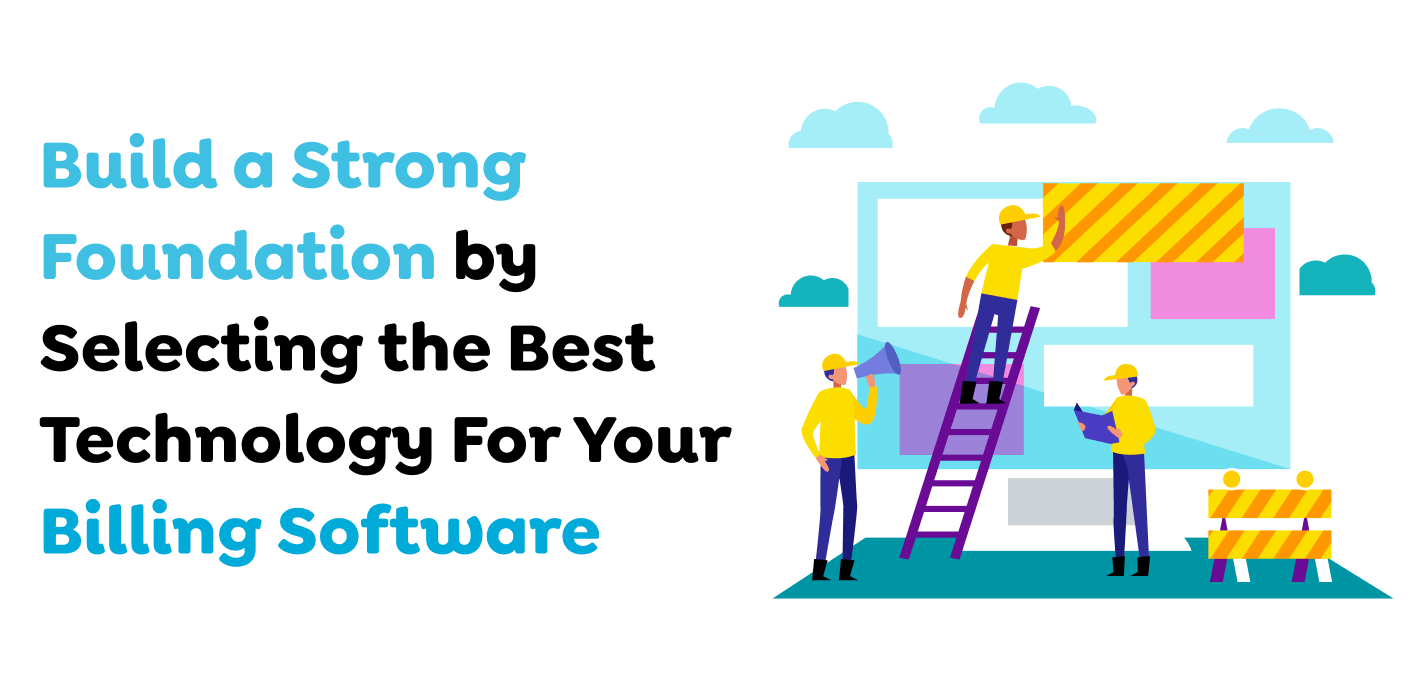
The programming language is the building block of your software. Popular options include:
- Python is written in a highly readable format and has extensive libraries for data analysis and automation. It is, therefore, suitable for tasks like claim generation and reporting.
- Java is a multi-purpose language with a vast developer community, indicated for complex applications when high performance is required.
- C# is already a very mature language, mainly used by developers from Microsoft, and great for writing safe and robust programs.
Which language you use will depend on what’s best for your project-including things like project requirements, developer expertise, and performance considerations.
Frameworks are pre-written code libraries in which you can build a certain type of application. Some of the most striking advantages of frameworks include:
-
Faster development:
Since much is pre-built, it cuts development time.
-
Better quality of code:
Since many of these had been designed with coding best practices in mind, one gets cleaner and more maintainable code.
-
Easy integration:
Many of them have integration features with other systems, such as EHRs or even payment gateways.
Some of the most liked and sought-after frameworks when it comes to the development of medical billing software, would be:
-
Django:
A Python framework of high level, which is known for rapid development and good security by default.
-
Spring:
Mature Java framework, sturdy for complex enterprise applications.
-
ASP.NET (C#):
A framework from Microsoft, best fit to build web applications as it inherently supports the majority of the other products of the corporation.
Framework selection is based on the programming language you will choose, along with some special features you would like your software to perform.
Database is where all your data with regard to medical billing software is to be stored; hence, you should make sure to choose an appropriate DBMS for the same. Here’s a breakdown of a few popular options:
- MySQL is a highly utilized open-source relational database management system, which is not very expensive and relatively easy to work with.
- PostgreSQL is another open-source relational DBMS that has all those robust features, making it scalable for big applications.
- MongoDB is a NoSQL database system for storing huge volumes of unstructured data, like patient records.
The choice of DBMS will depend on the kind and volume of data you plan to store along with the need for consistency and structure in that data.
Also Read: How to Build Effective Childcare Management Software
Creating a User-Friendly Experience
A well-designed UI stands out in the basic functionality of any software application. In the case of medical billing software, it implies a user-friendly interface that can help in improving efficiency, reducing errors, and enhancing the overall user experience.
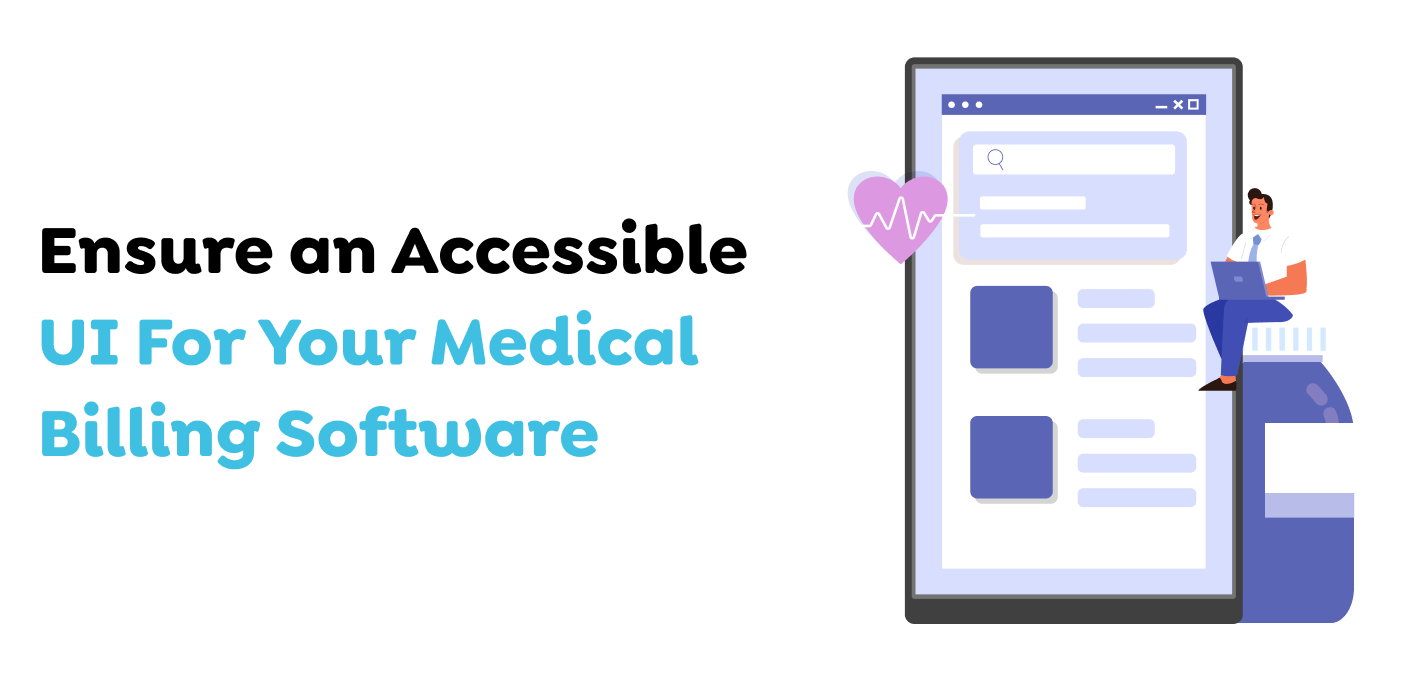
User-Centered Design
This means that when working on the UI design of your medical billing software, you should base it on the needs and preferences of your users. Any design decisions should be grounded on an in-depth understanding of users’ objectives and pain points. In this way, it is possible to create intuitive, well-navigable, and functional software.
Wireframing and Prototyping
Wireframing and prototyping let you envision what the UI is going to look like, and what it is going to feel like before any line of code has been written. Wireframes can be simple drawings or schematics illustrating the layout and flow of an interface, while prototypes are interactive models allowing firsthand user experience the functionality and usability issues in design. The creation of wireframes and prototypes has identified problems with usability early on in the creation process with the aim of modification for a better end-user experience.
Accessibility
Making sure your medical billing software is available to all users, regardless of their ability, is important. This means following the rules set by accessibility guidelines such as the WCAG. Other accessibility considerations include:
- Clear and concise labeling
- Consistent design
- Keyboard navigation
- Color contrast
- Alternative text
Developing the Heart of Your Medical Billing Software
Once you have a good foundation going with your technology stack and the design of your UI, then it’s time to develop your medical billing software for its core functionality. This would involve features allowing users to perform basic functions of patient management, insurance verification, generation of claims, and reporting.
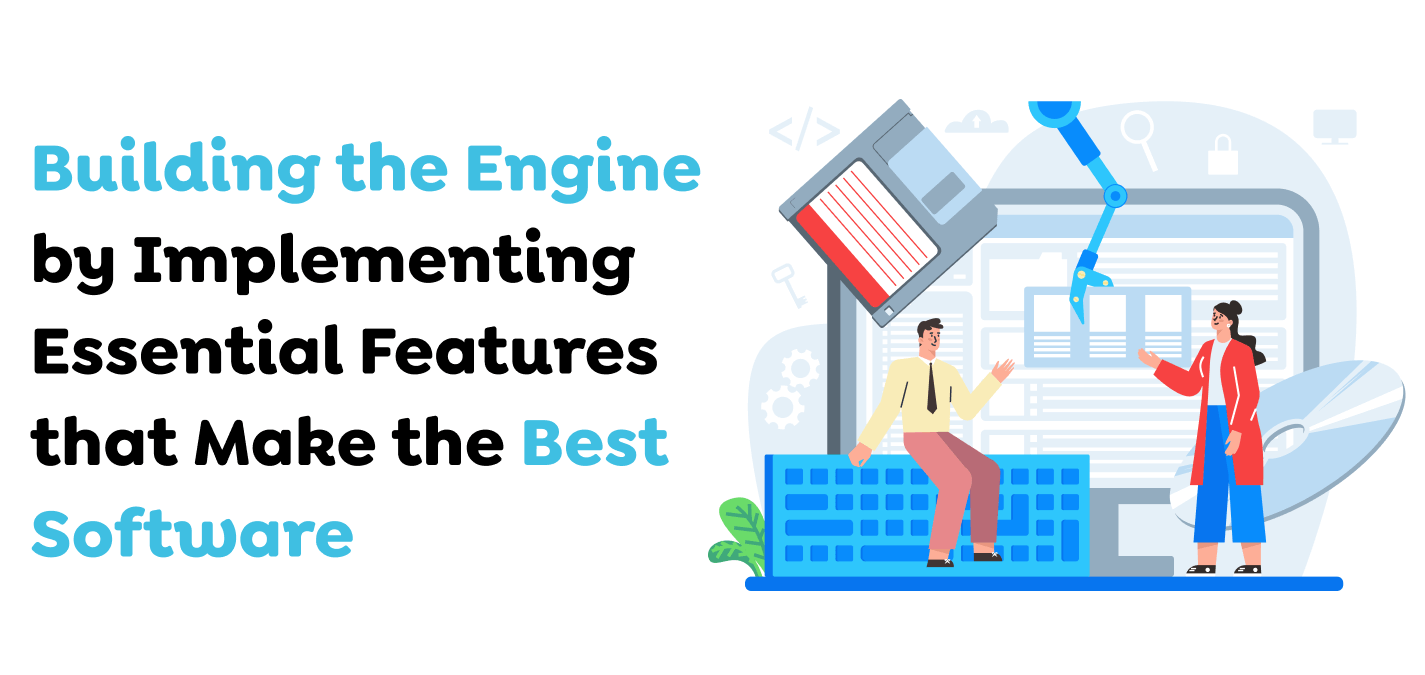
Patient Registration and Management
Any medical billing software development must start by having a robust patient registration and management system. The ability to add and manage information in the patient record is as follows:
- Personal information such as name, residence address, contact details, date of birth, etc.
- Insurance information like provider, policy number, group number, etc.
- Past medical history, including illnesses, surgeries, medications, allergies, etc.
Insurance Verification and Authorization
Integrating your medical billing software with insurance providers is essential for verifying patient insurance coverage and obtaining authorizations for procedures. This can be achieved through:
- Submitting claims electronically to insurance payers for faster processing and reduced errors.
- Verifying patient insurance coverage in real-time to avoid denials.
- Submitting authorization requests for procedures that require prior approval.
Claim Generation and Submission
Your medical billing software should automatically create claims from patient encounters and insurance. This includes:
- Coding: Provide the appropriate ICD-10 code for the procedure assigned.
- Charging: This is the process of determining the proper charges for particular services provided.
- Claim submissions: This refers to the process of submitting claims to insurance payers electronically.
A well-designed process for claim generation and submission will ensure that claims are submitted in the most accurate and timely manner to avoid denials and delays in reimbursement.
Reporting and Analytics
Extensive reporting and analytics will help healthcare providers see the track their financial performance is taking, observe the trends, and make informed business decisions based on that observation. Your medical billing software should include features such as:
- Revenue cycle reports: This would track the progress of claims through the billing cycle.
- Patient demographics reports: These highlight analyses based on the patient demographics to help take a lead into targeted marketing.
- Provider productivity reports: This report quantifies the productivity of health care providers.
- Financial performance reports: regular monitoring of revenues, expenses, and profitability.
Testing and Quality Assurance: Ensuring a High-Quality Product
Once the core functionalities of your medical billing software are developed, it becomes very important to test the software regarding its quality and reliability. It has to be rigorous testing, starting from unit testing to integration testing and then user acceptance testing.

Unit Testing
Unit testing is aimed at one component or part in particular; segregation of the software is made and tested individually. Testing isolated components alone can find bugs earlier in the developmental process of a software product. You can ensure whether that component functions as expected by writing unit tests for each component and its modifications or reusing them without introducing any errors.
Integration Testing
Integration testing is the interaction between different modules of the software. This also helps in detecting problems that may arise when these modules are put together. Through integration testing, you are guaranteed that the software system will work cohesively and data will flow as anticipated across different items.
User Acceptance Testing
One of the most important aspects of UAT involves the participation of real users to validate whether the software can indeed be functional and usable. This would mean that the software has truly met the needs and expectations of the target audience. You will be able to find some issues that perhaps were not revealed during unit or integration testing and make necessary tuning to improve the overall user experience.
Apart from these three kinds of testing, software must be put through regression testing every time changes are made. Regression testing is the retesting of features that have been tested previously to ensure that new changes have not introduced any new bugs.
Taking Full Care of Your Medical Billing Software is Up and Running
Once your medical billing software is well-tested and refined, it is time to go into production for your targeted users. There are mainly two ways of deployment:
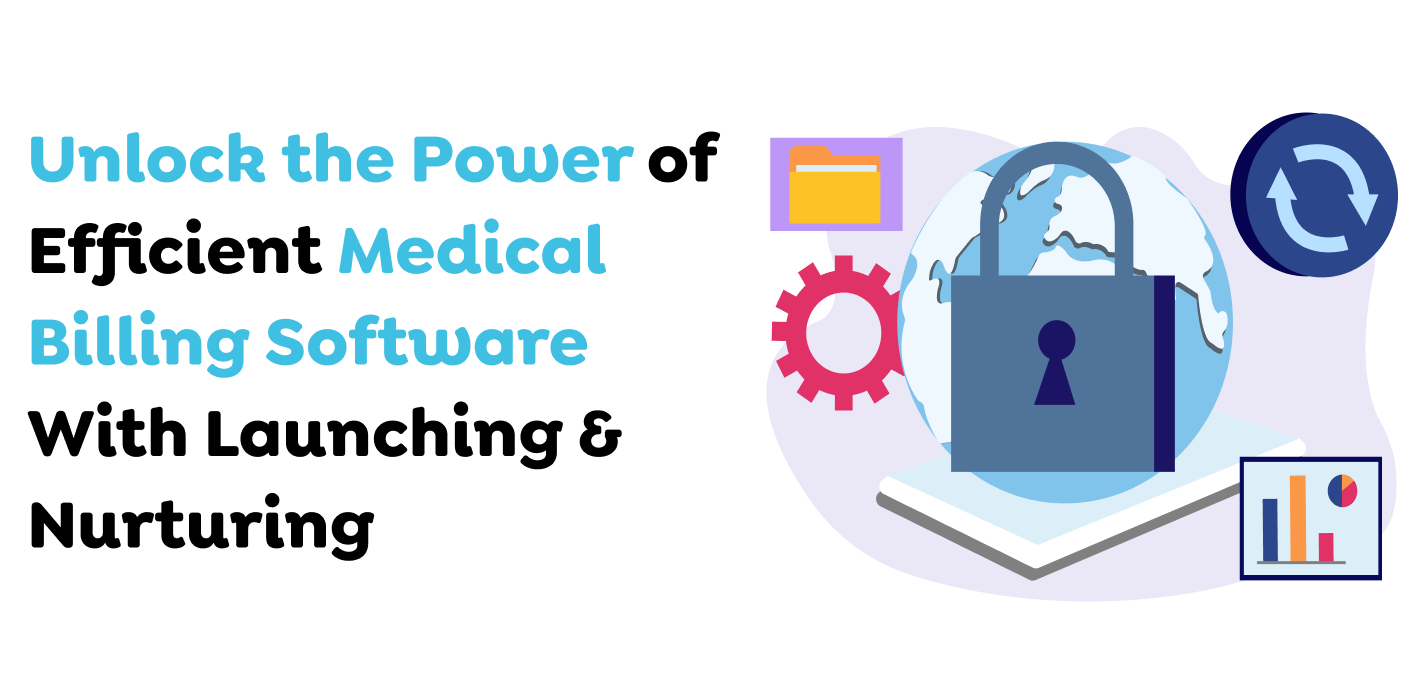
Cloud vs. On-Premises Deployment
- Cloud-based deployment: This means that your software is running on servers hosted by third-party cloud providers. The advantages included in this are:
- Scalability: It is easy to scale up and down according to demand.
- Reduced infrastructure costs: you do not need to invest in hardware or maintain data centers.
- Easier maintenance: Cloud providers handle many aspects of maintenance and updates.
- On-premises deployment: You install and run the software on your servers using this approach. You would have more control over your data and infrastructure but may cost more and be time-consuming in their management.
Which option of deployment will suit you best depends on a lot of factors, including your budget, technical expertise, and security needs.
Security Measures
The healthcare industry puts a high premium on the security of patient data. During the deployment of your medical billing software, ensure that you are providing all-encompassing security for:
- Data encryption to protect it from unauthorized access.
- Access controls by implementing strong access controls to limit who can access the software and patient data.
- Regular security audits by conducting regular security audits to identify and address vulnerabilities.
- Incident response plan by having a plan in place to respond to security breaches.
Regular Updates and Maintenance
Medical billing software requires updates and maintenance after regular intervals if it has to provide satisfaction both in performance and compliance with the set regulatory standards. Consider partnerships with a mobile app development company in Canada for ongoing support and updates to help you in:
- Stay current with changing regulations and industry-leading best practices through updates to your software.
- Address issues like bugs and performance issues are resolved fast.
- Provide technical support to those users who may have some problems.
Decoding the Cost Factors of Building Medical Billing Software
When considering the development of medical billing software, it’s essential to understand the various cost factors involved. These factors can significantly influence the overall budget and timeline of your project.
Key Cost Factors:
- Software development costs include the development team, development time and technology stack. The size and experience of the development team will directly impact the cost. Hiring in-house developers or outsourcing to a medical billing software Canada company can influence the budget. The complexity of your software, the number of features, and the desired level of customization will affect the development time and, consequently, the cost. The choice of programming languages, frameworks, and databases can also impact costs.
- Infrastructure costs incorporate the hardware and software licenses. If you opt for on-premises deployment, you’ll need to invest in servers, storage, and networking equipment. You may need to purchase licenses for operating systems, databases, and other software tools.
- Maintenance and support costs ensure your software remains up-to-date with regulatory changes and new features requiring ongoing maintenance. Additionally, providing technical support to users can add to the overall cost.
- If you require specific features tailored to your practice, this can increase development costs.
- Integrating your software with electronic health records (EHRs) or other systems can add complexity and cost.
The cost of developing medical billing software can vary widely depending on these factors. However, you can expect a significant investment. It’s essential to conduct thorough research and obtain accurate cost estimates from potential development partners.
When evaluating costs, consider the following:
-
Total cost of ownership (TCO):
Look beyond the initial development costs and consider the ongoing costs of maintenance, support, and updates.
-
Return on investment (ROI):
Assess how the software can improve your practice’s efficiency, reduce errors, and increase revenue.
-
Scalability:
Ensure the software can accommodate your practice’s growth and future needs.
A Successful Journey Awaits
Creating medical billing software is not an easy task, but the advantage of such an action is huge. Following the hints included in this paper will help every provider create a custom solution that will make his operation more smooth, efficient, and timely.
Key takeaways from this guide include:
- The importance of understanding your target audience and their specific needs.
- The benefits of choosing the right technology stack to build your software.
- The importance of designing a user-friendly and accessible interface.
- The need for robust testing and quality assurance to ensure the software’s reliability.
- The importance of ongoing maintenance and updates to keep your software up-to-date.
By investing in custom medical billing software, healthcare providers can:
- Reduce errors and ensure accurate billing.
- Streamline processes and save time.
- Provide a better overall experience for patients.
- Utilize reporting and analytics to make data-driven decisions.
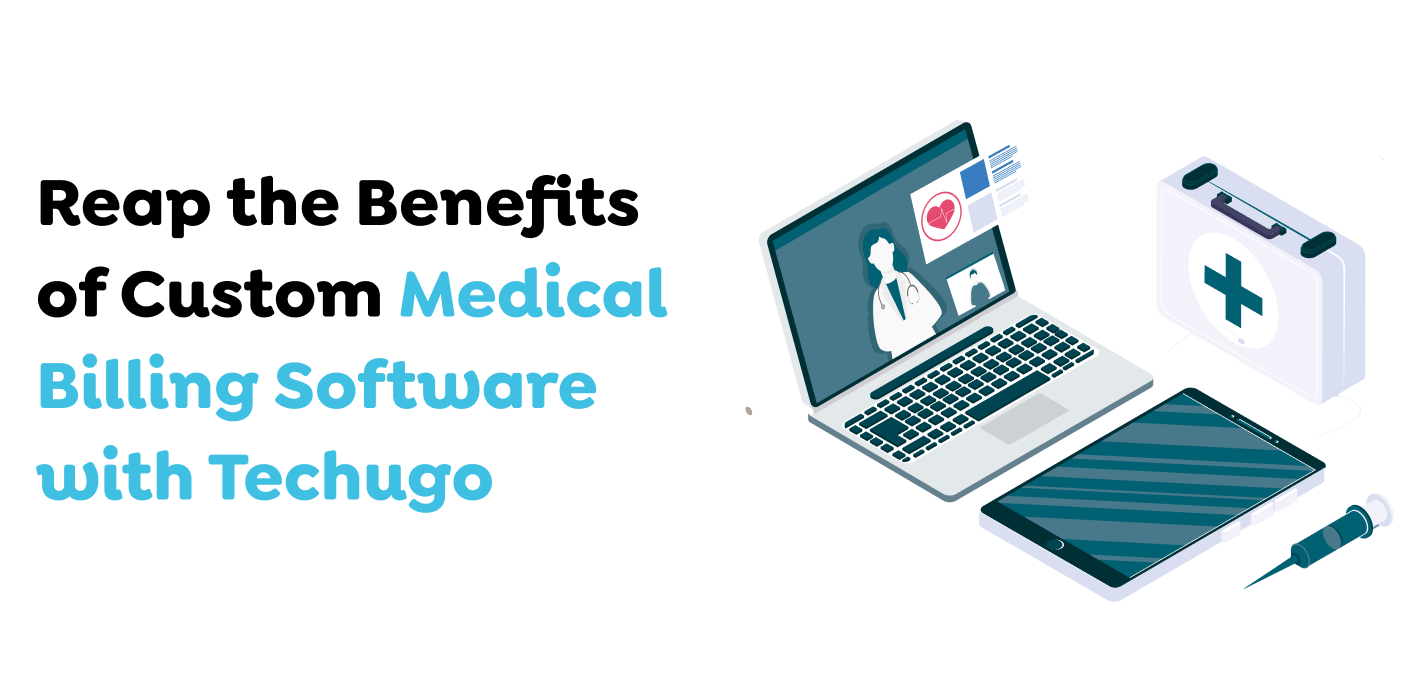
Now it’s your turn to take the bigger step!
If you’re ready to embark on the journey of creating your medical billing software, we encourage you to explore further resources and consider partnering with a reputable app development company. Techugo, a leading app development company in Canada, specializes in creating innovative and efficient software solutions for the healthcare industry. With their expertise and experience, Techugo can help you bring your vision to life and streamline your medical billing processes. Get in touch with Techugo today for a detailed discussion.
Get In touch
We are excited to here from you and let’s start something special Together. Call Us for any inquiry.
Write us
sales@techugo.caJust a call away
About you




